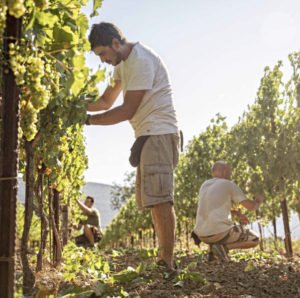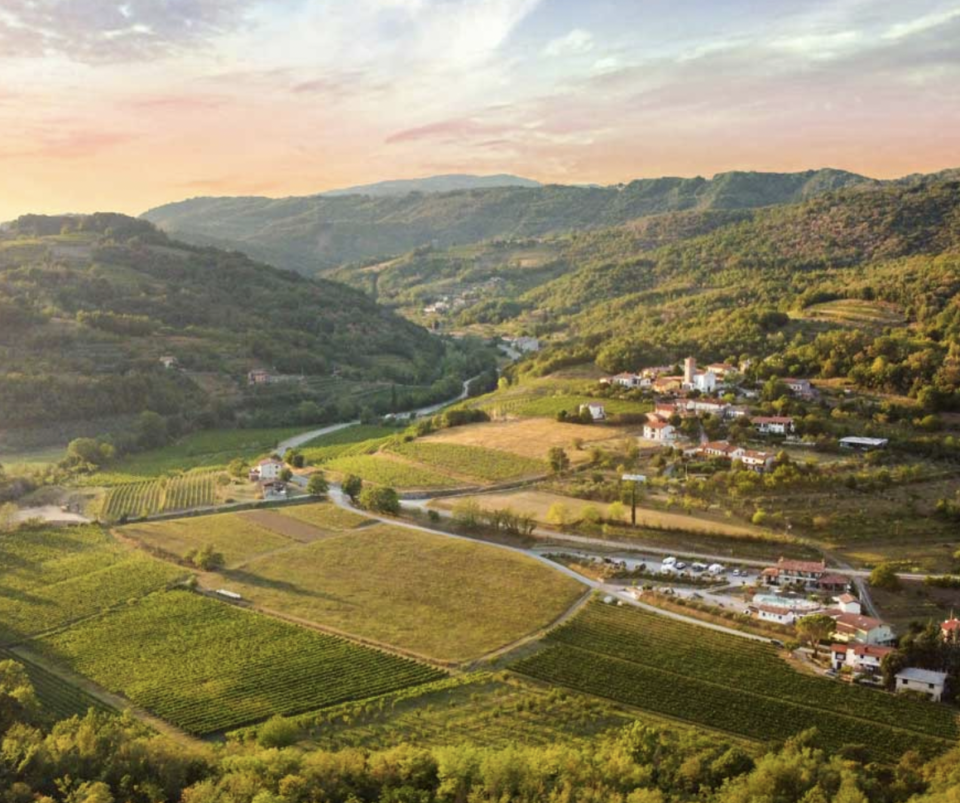Wineries
FIEGL Wines
Ciao
Some time ago, my partner Elisa and I visited the FIEGL company in Oslavia. I know that if you are not Friulian or are not a fan of Friuli wines, you will be wondering where Oslavia is.
Oslavia
Oslavia is a small area in the municipality of Gorizia, practically close to the border with Slovenia. Thanks to its position, it enjoys a very windy climate with rather large temperature variations. The soil is typical of the Collio Friulano (the ponca) or stratifications of sandstone and marble. In short, it is the perfect combination for growing white grape varieties. In fact, this area is well known for the quality of the white wines produced.
Arriving here, the air is almost balsamic, and even if the sea is not very close, you can feel it.
The Winery

The winery today is carried on by the new generation of the Fiegl family. What origins does this family have since the name is not typically Italian? They have Austrian origins. They come from a small town near Vienna. The ancestors of the current owners, passing through Oslavia way back in 1782, fell in love with them and decided to move to grow grapes. It is a winery with family management, a passion handed down from father to children for several generations.
Ribolla Gialla Producers Association of Oslavia

During our visit, we met Martin, a young boy who, together with his brother and cousin, carry on the company’s reins, always trying to innovate. Martin is a winemaker, and in addition to following the commercial part of the winery, he is one of the founders and president of the Ribolla Gialla Producers Association of Oslavia. It is an association to which seven producers of Ribolla Gialla in the area belong who have decided to focus on both the vine and Oslavia. Among the various projects, there is the proposal of a specification dedicated to the Ribolla Gialla of Oslavia and collaborations with other local realities; for example, Fiegl supplies the pomace to the Pagura distillery for the production of Grappa di Ribolla Gialla.
Then, there is also a long-term project dedicated to tourism and the desire to make this land known to the world. As Martin told us, this is an ambitious project because there is a lot of work to do, but there is no lack of enthusiasm and desire.
The wines
The winery cultivates approximately 40 hectares, producing approximately 300,000 bottles per year. Most vineyards are white grapes, but there is also Merlot Leopold, perhaps the company’s flagship red wine and now Pinot Noir… Almost all the vineyards are in Oslavia.
Below, I leave you the link to see our chat with Martin.
Enjoy
ciao
Monica





